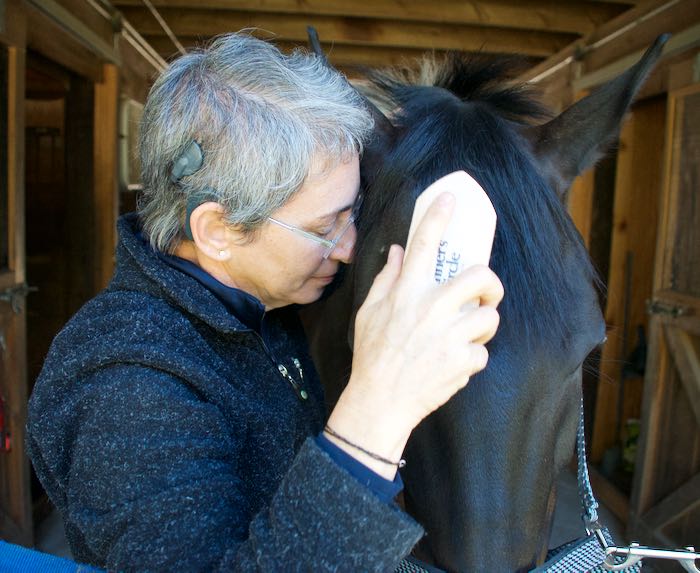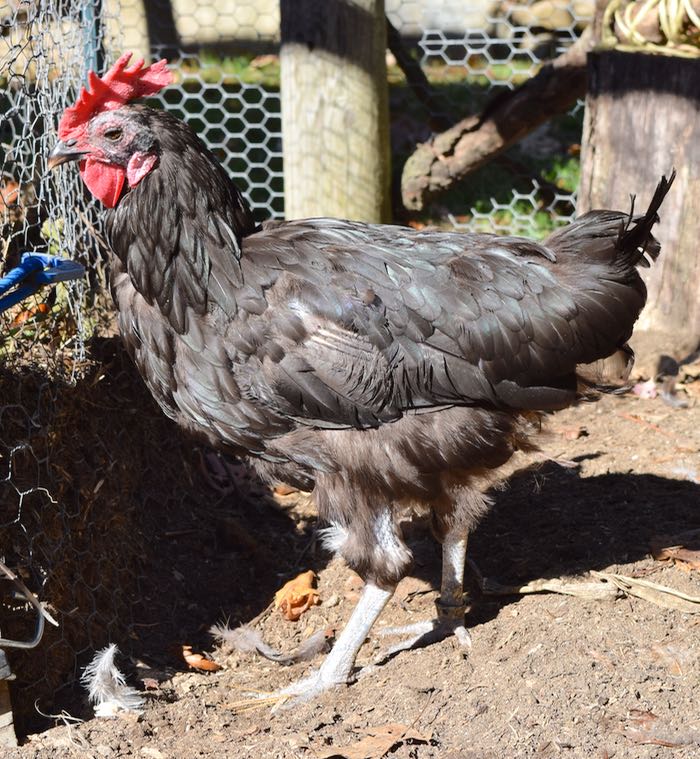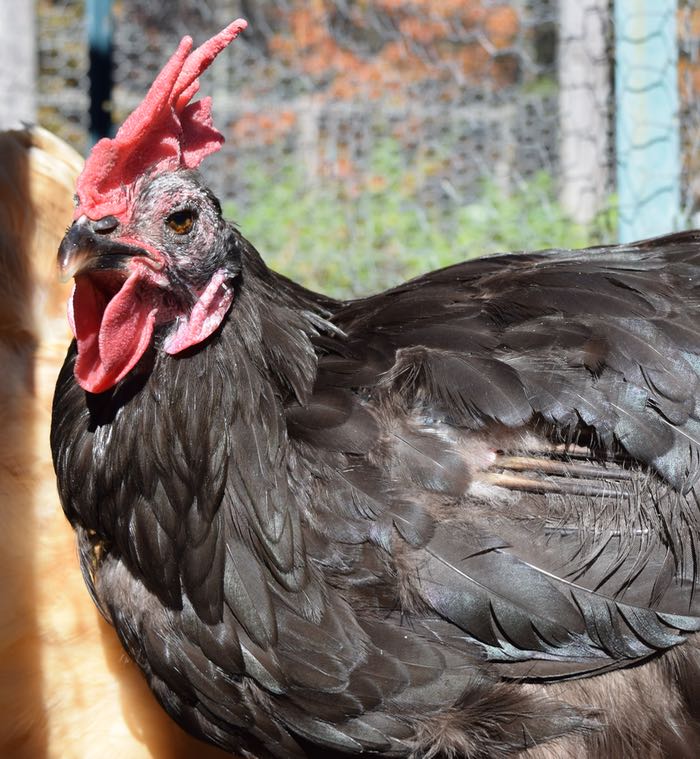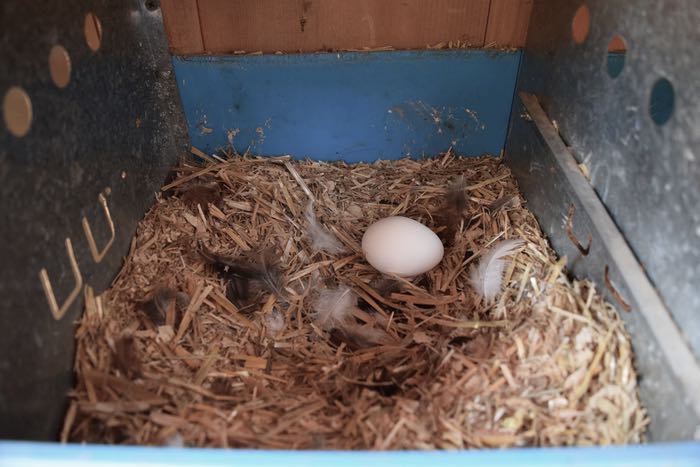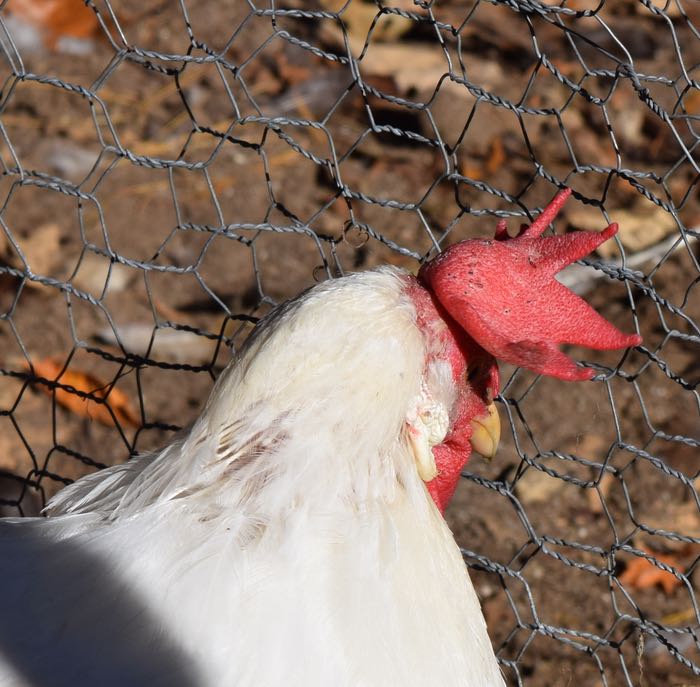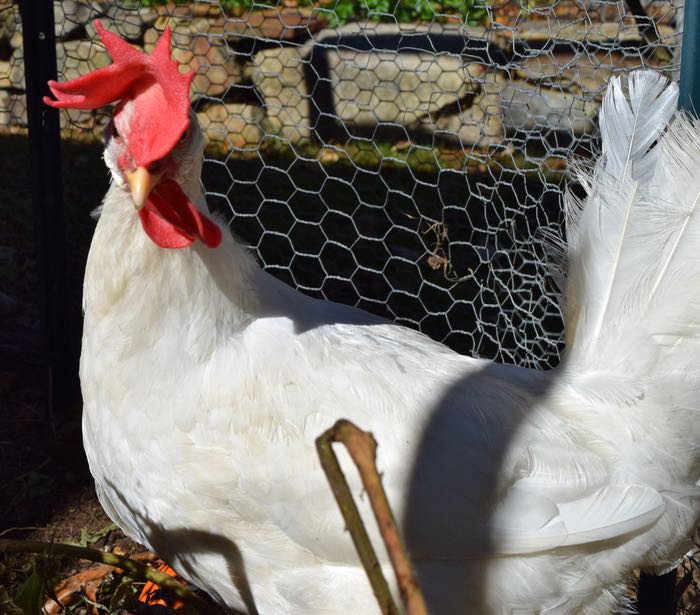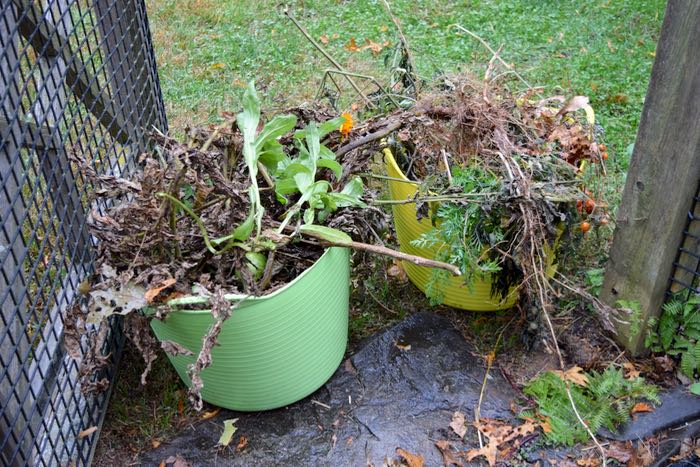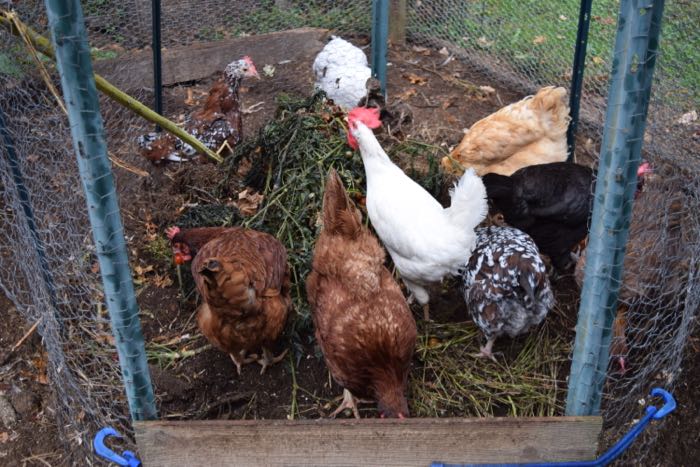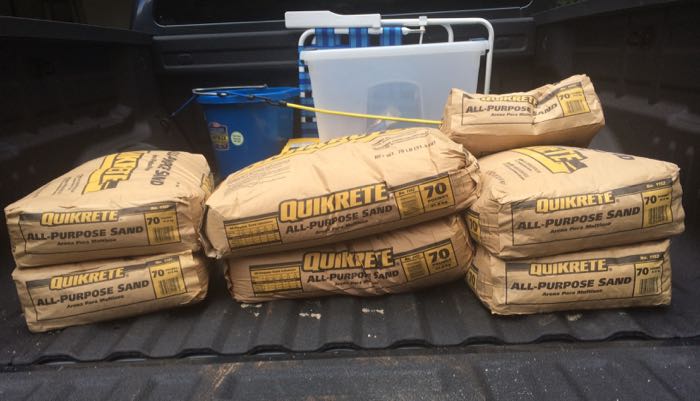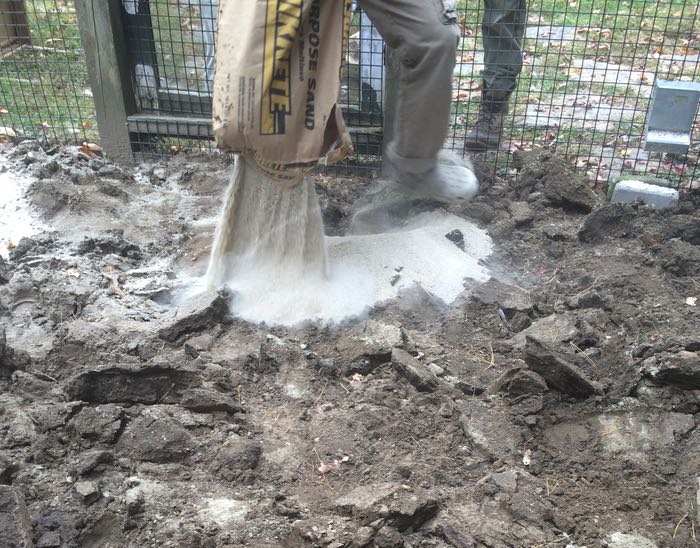I keep Tonka at a boarding barn that has both an indoor and outdoor ring. Some people never get off of the property with their horses, but I do. It’s good both physically and mentally for the horse to get out and see new things and to move over varied terrain. It’s also fun. At least, it’s fun when your horse is careful where he puts his feet, is willing to leave his stablemates behind, and doesn’t buck, bolt or rear when frightened.
As trustworthy and sane as Tonka is, he does get scared. All horses do. They’re primed to look for danger in the distance. They notice out of the ordinary movements. A fluttering ribbon on a tree first registers in a horse’s brain as a mountain lion. A horse has a keen sense of hearing, so that pinecone that a squirrel drops could be a grenade. Underestimated by us humans is how much a horse relies on his sense of smell. New research suggests that their noses are as astute as those of dogs. The rider who gets annoyed at her horse for tensing up when “there’s nothing there” is wrong. There’s always something there, we humans are simply too dull to notice it. The more experience a horse has with new objects, smells and sounds, the calmer he becomes. The goal is not to have a shut-down automaton, but a horse that can assess a situation and move safely through it.
How a rider reacts to that first exposure to something that frightens the horse sets the stage for everything that follows. I have a perfect example from a situation that Tonka and I worked through this week. The stable borders a stone yard, which we are allowed to walk around (good hills for conditioning and a pretty pond.) On Sunday, Maggie and her owner, Michele, joined Tonka and I for a short walk there. A new pit had been excavated. Both horses looked, but walked right on by. On Tuesday, I took Tonka out alone. We’d already ridden for a half-hour in the ring, so he wasn’t fresh. We passed by the dumpster on the way to the yard. Some horses spook at this, but Tonka has seen it before. There were a few new things in it, so I gave him a reassuring squeeze with my calves and we continued on.
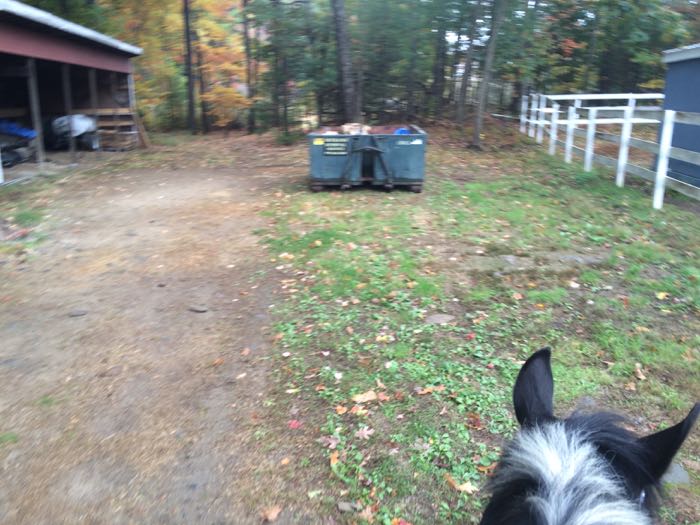
We walked past the pond. Birds flew in and out of the hedge. His ears perked, but we both remained relaxed.
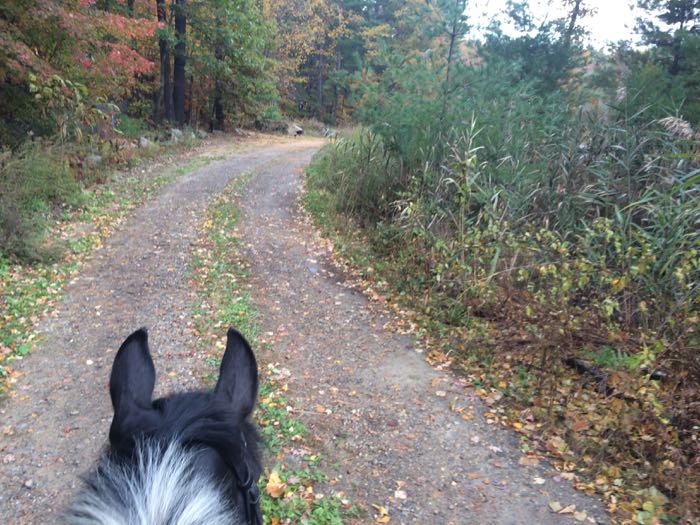
We walked past the excavator. This used to scare Tonka, but it no longer bothers him.
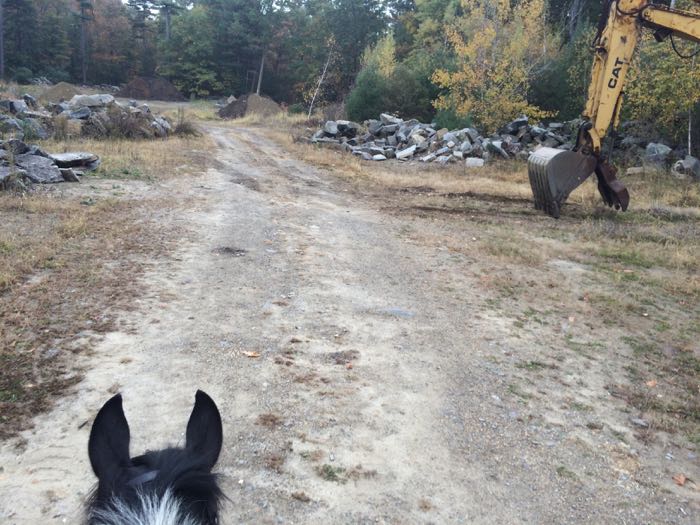
Then his head raised, his nostrils flared, his ears pointed and his body tensed. Tonka stopped. I squeezed. He didn’t budge. I said let’s go and he backed up. When I first got Tonka, this is what he did when scared – backed up. He backed into trees, he backed into stone walls. If I kicked to make him go forward, he’d just back up faster. He would have backed off of a cliff if it had been there. On this day, I looked around and didn’t see anything that could have been causing such a strong reaction.
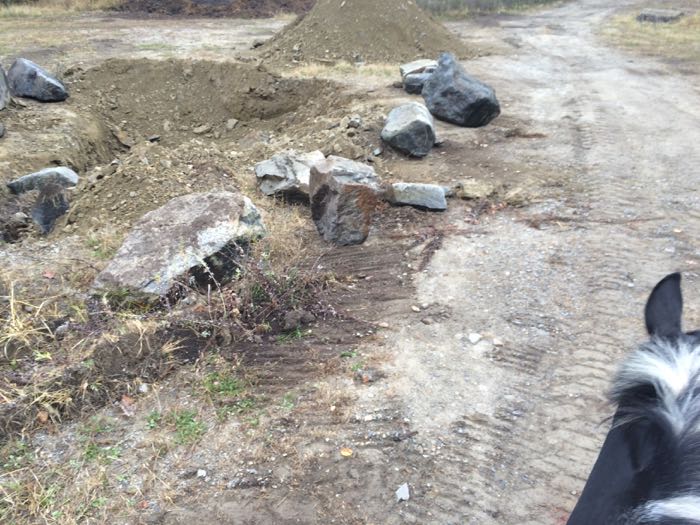
But, I’m a human, not a horse. It was like looking at that puzzle in
Auto Amazon Links: No products found.
. What’s different?
This time, we were coming at the new pit from a different direction. I believe that horses see things in pictures. This picture was not the same as the picture he had of the pit from the opposite side. He was not with his friend, Maggie. Horses feel secure in groups, and nervous alone. I breathed calmly. I asked him to move forward. I allowed with the reins. He backed up. I stopped asking him to move. I let him look. He relaxed a smidgeon. I asked him to move forward. He backed up.
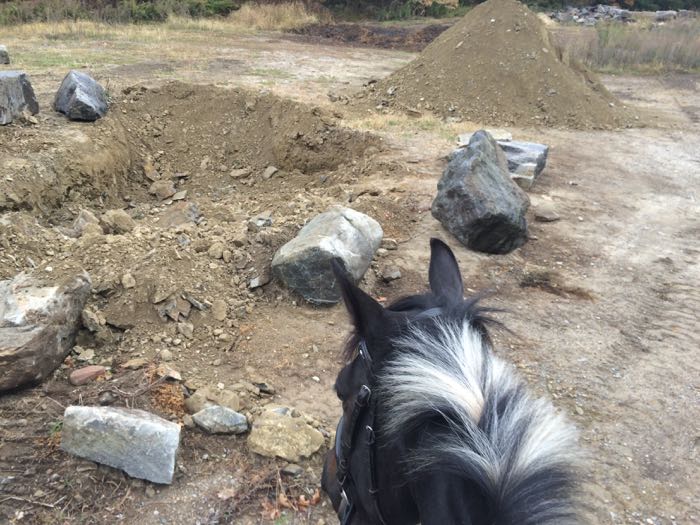
I looked at this situation from his perspective. I like to think that I’m his friend, and that he should take reassurance from my verbal encouragement and from my body language. As much as Tonka knew that it was me on his back, a horse is wired to move in concert with other members of the herd. He knew I was up there, but that’s different than being able to get visual cues from a member of the herd. I got off, gave him a pat, and we easily walked past the pit. I got back on, using a rock right next to the hole. He stood calmly and we went on our way.
I found this fascinating! All he needed for reassurance was to have me by his side. From a human perspective, I was there, obviously, on his back, talking and using my body aids. But for the horse, in this scary situation, he needed to see his person. That’s all it took. Ten seconds to walk side-by-side.

You’ll hear people say, Your horse has to respect you more than what they’re afraid of. Respect? What they’re really saying is that you should kick and whip your horse to get it to go – to do whatever it takes so that your horse is more afraid of you than whatever is making him balk. A fearful horse is one that wants to escape. That’s not the relationship that I want.
The next day, Tonka and I returned to the stone yard. He slowed briefly at the hole. I squeezed his sides with my legs to reassure him to go forward.* Tonka did and he walked confidently right past. This confirms to me that getting off didn’t make me lose face, and didn’t cause a lack of respect. Rather, it added yet another block to our foundation of trust.
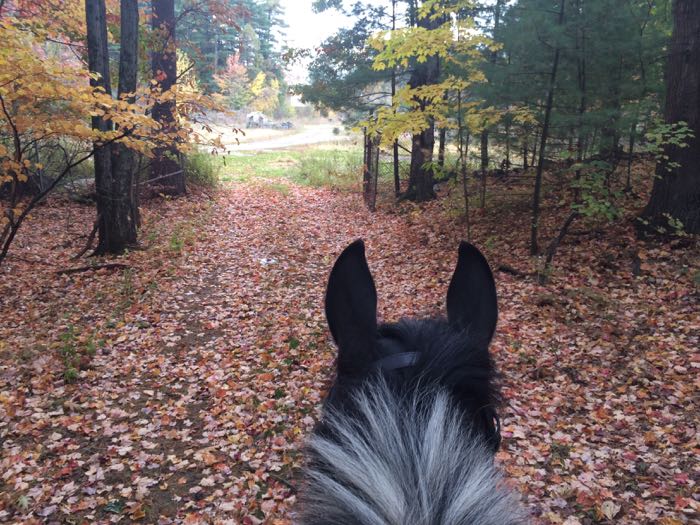
*This is not “pressure and release” in the sense that he’s not moving away from my legs because the feeling is aversive – rather, this leg squeeze is a cue to move forward. Yes, legs can be used as pressure that the horse wants to avoid, but that’s not always the case. I liken it to doing ballroom dancing with a partner’s palm flat on my back – a little pressure tells me which way to turn. I move not from fear, but from the communication conveyed through touch. Of course, if you’ve ever danced with someone you’re not in sync with, that hand can be punishment! It’s the same with riding, and I’m always questioning whether we’re dancing or not.
